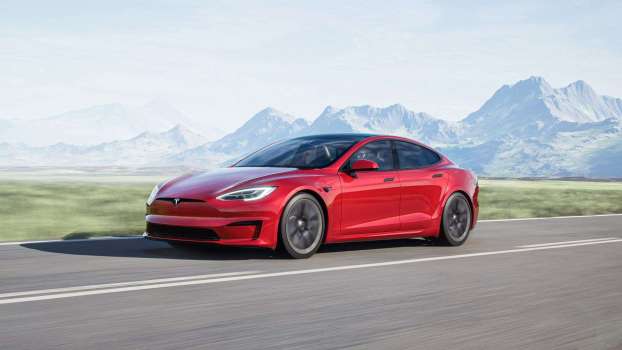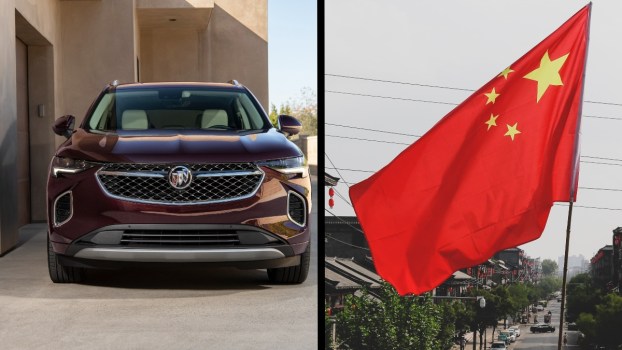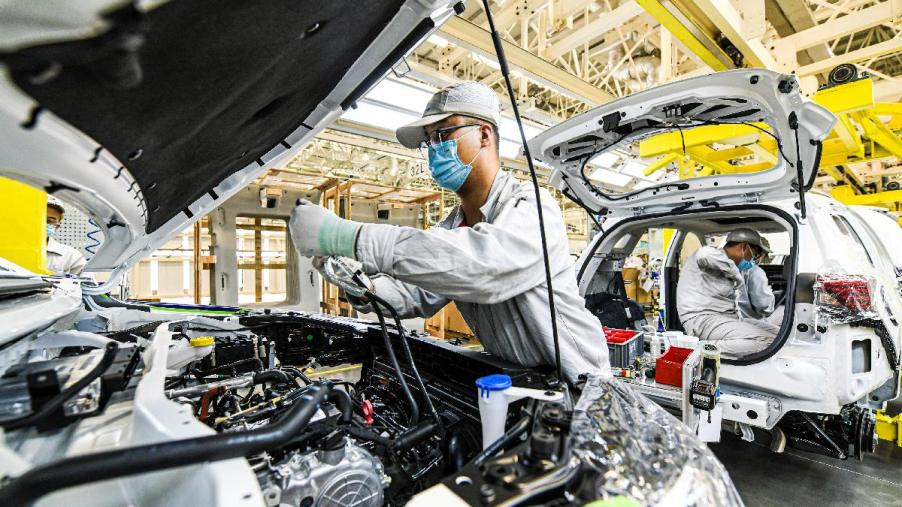
Parts of Your Car Are From Slave Labor in China
The global supply chain for the production of cars extends farther than many people realize. Some tout vehicles as being “American made. However, in reality, components and raw materials from most vehicles come from hundreds of global suppliers. Unfortunately, due to the opaqueness and vastness of the global supply chain, parts of cars are from nefarious sources. This includes slave labor in the Xinjiang region of China. The New York Times detailed this link following a report from human rights experts.
Global car supply chain linked to human rights abuses in Xinjiang, China
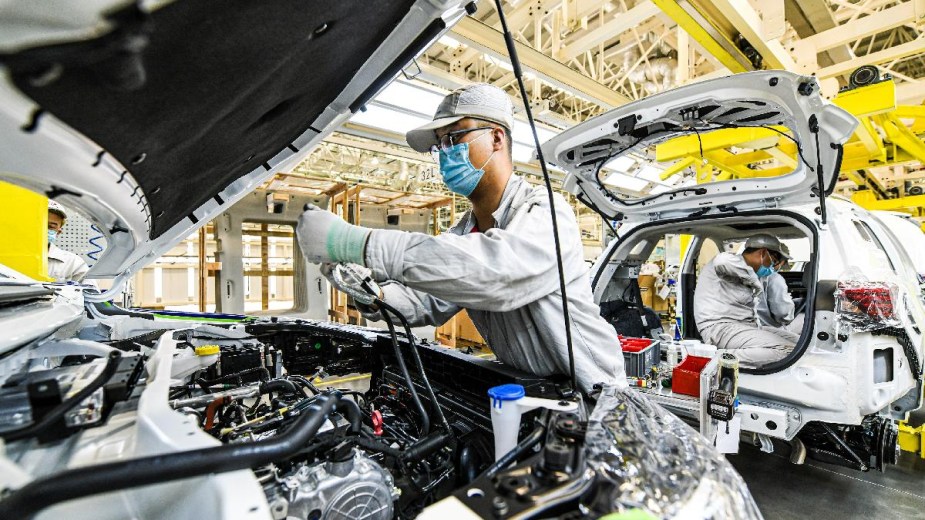
The report cited by the New York Times was conducted by a team of human rights experts at Sheffield Hallam University in England. Laura T. Murphy, a professor of contemporary slavery and human rights, led the project.
The Chinese government has committed extensive human rights abuses in Xinjiang, a region in Northwest China. The population of the region is predominantly Uyghur Muslims and other minorities. In addition to the slave labor, abuses include cultural genocide, over one million people in internment camps, torture, intrusive surveillance, forced sterilizations and abortions, and sexual abuse.
A UN report detailed many of these human rights abuses. The New York Times also covered the leaked “Xinjiang Papers.” The “Xinjiang Papers” are 400 pages of leaked internal documents from Chinese government authorities showing the systematic detention of ethnic minorities in Xinjiang.
Dr. Murphy and the other researchers covered the links of Chinese companies with strong ties to the Xinjiang region — and global auto manufacturers that utilize their supplies. This includes metals, wheels, wiring, electronics, engine castings, and batteries — as well as the raw materials to make them. As explained by Dr. Murphy, slave labor played a hand in all parts of vehicles sold in the last five years.
“There was no part of the car we researched that was untainted by Uyghur forced labor. It’s an industry-wide problem. If you bought a car in the last five years, some of its parts were likely made by Uyghurs and others forced to work in China.”
– Dr. Laura T. Murphy, professor of contemporary slavery and human rights, Sheffield Hallam University
Toyota, Ford, Honda, VW, Tesla, and other brands likely utilize car parts from forced Uyghur labor
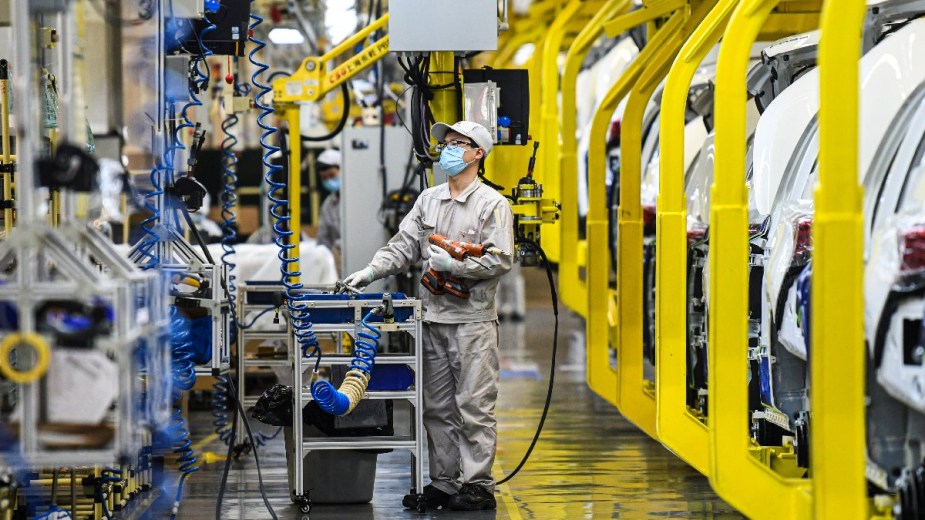
The report and the New York Times detail the actions of 200 major Chinese companies that connect to the human rights problem. They participated in slave labor programs in Xinjiang — or sourced their materials and products from the region. The companies cited in the report play a significant role in the global supply chain for car parts.
Because of this global car supply chain connection, it’s highly likely that all major automakers are using car parts from forced Uyghur labor. This includes brands such as Toyota, Honda, Ford, Honda, GM, Volkswagen, Mercedes-Benz, and Tesla. Whether from raw materials or vehicle components, slave labor was likely involved in vehicle production for automakers.
Recently passed Uyghur Forced Labor Prevention Act aims to address the problem
The recently passed Uyghur Forced Labor Prevention Act aims to curb slave labor in China. The new law states that “goods made with forced labor in the Xinjiang Uyghur Autonomous Region of the People’s Republic of China do not enter the United States market, and for other purposes.”
With the passage of the Uyghur Forced Labor Prevention Act, automakers are now in the crosshairs. They are under pressure to take concrete steps to address the problem — or face consequences. Since aspects of the law went into effect last June, U.S. Customs has stopped over 2,200 shipments suspected of having content from Xinjiang — with a value of over $728 million.
However, with the complexity and vastness of the global car supply chain, completely enforcing the law to address the human rights problem is a significant challenge. The New York Times stated that automakers “have links to as many as 18,000 suppliers in its full supply chain, from raw materials to components.”
Further exasperating the issue is the opaqueness and complexity of the supply chains in China. It’s difficult to trace whether products or materials are from Xinjiang — or another part of the country.
Tibet, another source of raw materials for car production, also endures severe human rights abuses
The human rights abuses are not only in Xinjiang, though. Tibet, with its vast mineral wealth, is another source of raw materials for automotive production. China notoriously invaded the peaceful Buddhist country in 1950. This resulted in the death of over one million Tibetans — 20% of the population at the time. China destroyed aspects of Tibetan culture, too. This includes the destruction of most of the country’s 6,000+ Buddhist temples.
The human rights abuses in Tibet continue, as detailed by Human Rights Watch. The Chinese government suppresses religion — and bans Tibetan language in schools. Tibetans that speak out get tortured and sent to re-education camps. Also, merely owning a photo of the Dalai Lama, the Nobel Peace Prize-winning spiritual head of Tibet — is a criminal offense, resulting in a prison stay. Furthermore, there are many incidents of Buddhist monks resorting to self-immolation to protest these human rights abuses.
Sadly, I’ve seen firsthand the human rights abuses. I first visited China and Tibet 20 years ago — and saw the heavy-handed Chinese military presence and the artillery shell marks on destroyed Buddhist temples. Also, a kind Tibetan man that I befriended has a deformed arm because Chinese Red Guards threw him into a fire. They set his family’s house on fire, killing his mother and father.
I’ve also done volunteer work with the Tibet refugee population — with orphaned refugee children in India and helping out with the exiled Tibetan population near my home in America — and heard many tragic stories of human rights abuses.
Unfortunately, the human rights abuses have worsened in recent years, especially under the authoritarian leadership of Xi Jinping, the President of China and the General Secretary of the Chinese Communist Party. And like Xinjiang, the abused people of Tibet connect to the global car supply chain.
Is economic decoupling from China the solution to stop slave labor for car parts and other human rights abuses?
With such severe human rights abuses, some have suggested economic decoupling from China. It’s worth noting that the U.S. has taken a much stricter stance toward other human rights abusers. This includes Russia with the invasion of Ukraine. The transgressions in Russia are tragic and have taken a significant human toll. As a result, the U.S. and much of the world have heavily sanctioned Russia.
However, the human rights abuses since the Communist Party rose to power in China far surpass anything in modern history. Per the Washington Post, Mao Zedong, the founder of the People’s Republic of China and chairman of the Chinese Communist Party, is the biggest mass murderer of all time. He’s responsible for the deaths of up to 45 million people. And the same Communist Party remains in power — and continues with the human rights abuses.
However, instead of automakers and other international companies economically decoupling from China, as they’ve done in Russia, they are expanding in the country. China is both one of the biggest producers and consumers of cars. Companies that effectively tap into this huge market can make an abundance of money — from both the supply and demand sides.
Also, economic decoupling from China would likely result in tanking the economy — at least in the short run. The global supply chain between the U.S. and China is considerably intertwined, so decoupling is not something that can be done overnight.
Lawmakers boldly speak about taking strong measures against China. However, it’s doubtful that many would be willing to take the heat from local constituents that experience a financial hit as a result of these measures. That being said, China is one of the few issues in America where there’s bipartisan agreement.
Revoke China’s most favored nation trade status
A more realistic way is to take a gradual long-term approach. Over the next decade, the U.S. can gradually economically decouple from China for the automotive industry and other sectors. That could be the answer. As detailed by MarketWatch, doing so could “create an industrial renaissance and millions of jobs.” Either move industries back to the U.S. — or source materials and products from countries with a better human rights record.
The first step would be to revoke China’s most favored nation (MFN) trade status, which the U.S. made permanent in 2001. The U.S. took this measure of revoking Russia’s MFN status following the invasion of Ukraine.
The original impetus behind granting the most favored nation trade status was that by China being more integrated into the global financial system, it would reduce its human rights abuses. However, it had the opposite effect. The granting of the MFN status has turned out to be a disaster. It enabled China to become a major economic power — and commit human rights abuses with impunity — including slave labor.
As a result, transgressions in Xinjiang and Tibet continue. The cars that people drive are tainted by these abuses — as detailed by the New York Times and the human rights report.
How to get help: If you or someone you know has been sexually abused, text HOME to the Crisis Text Line at 741741 for free and confidential support.
